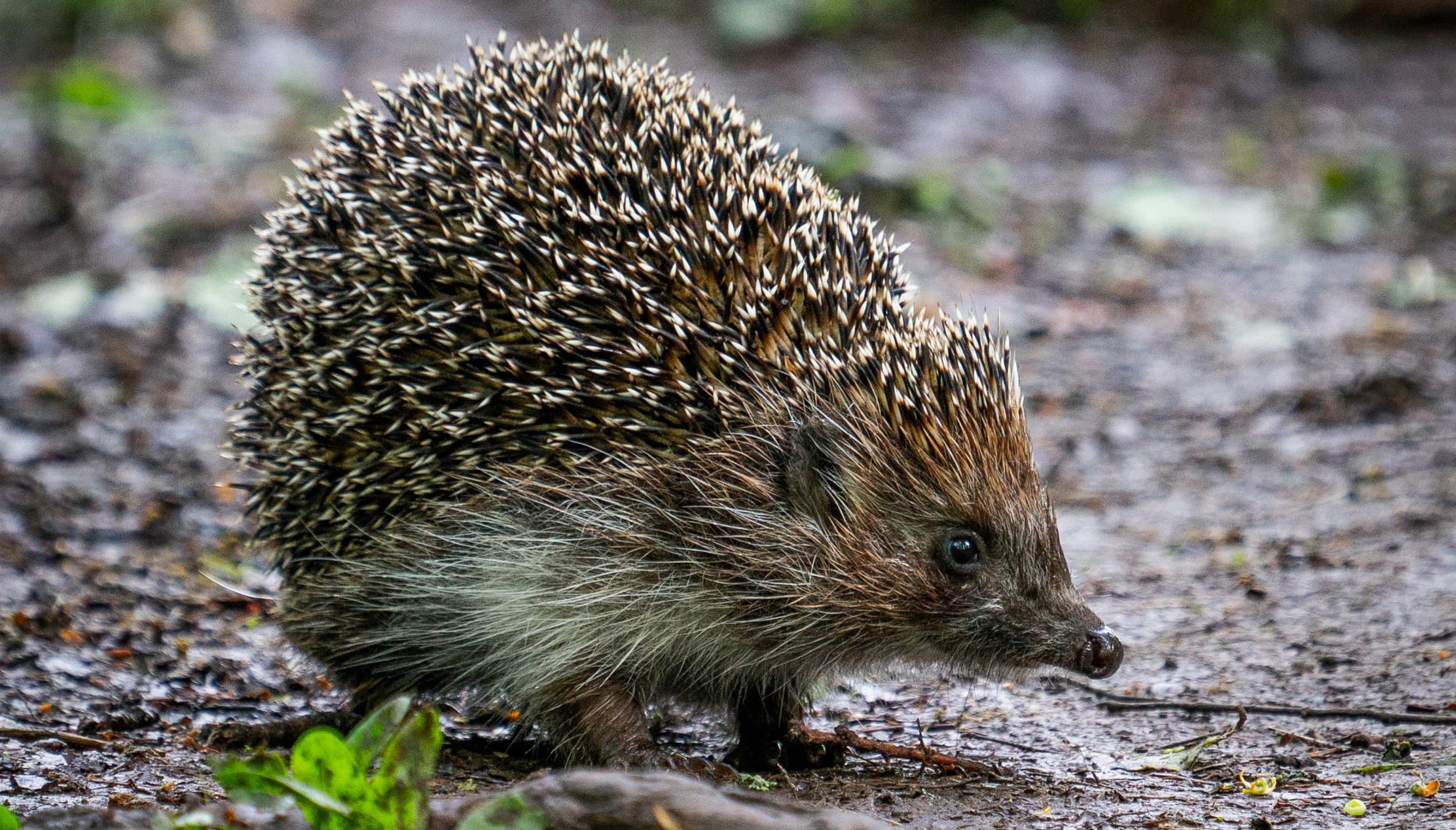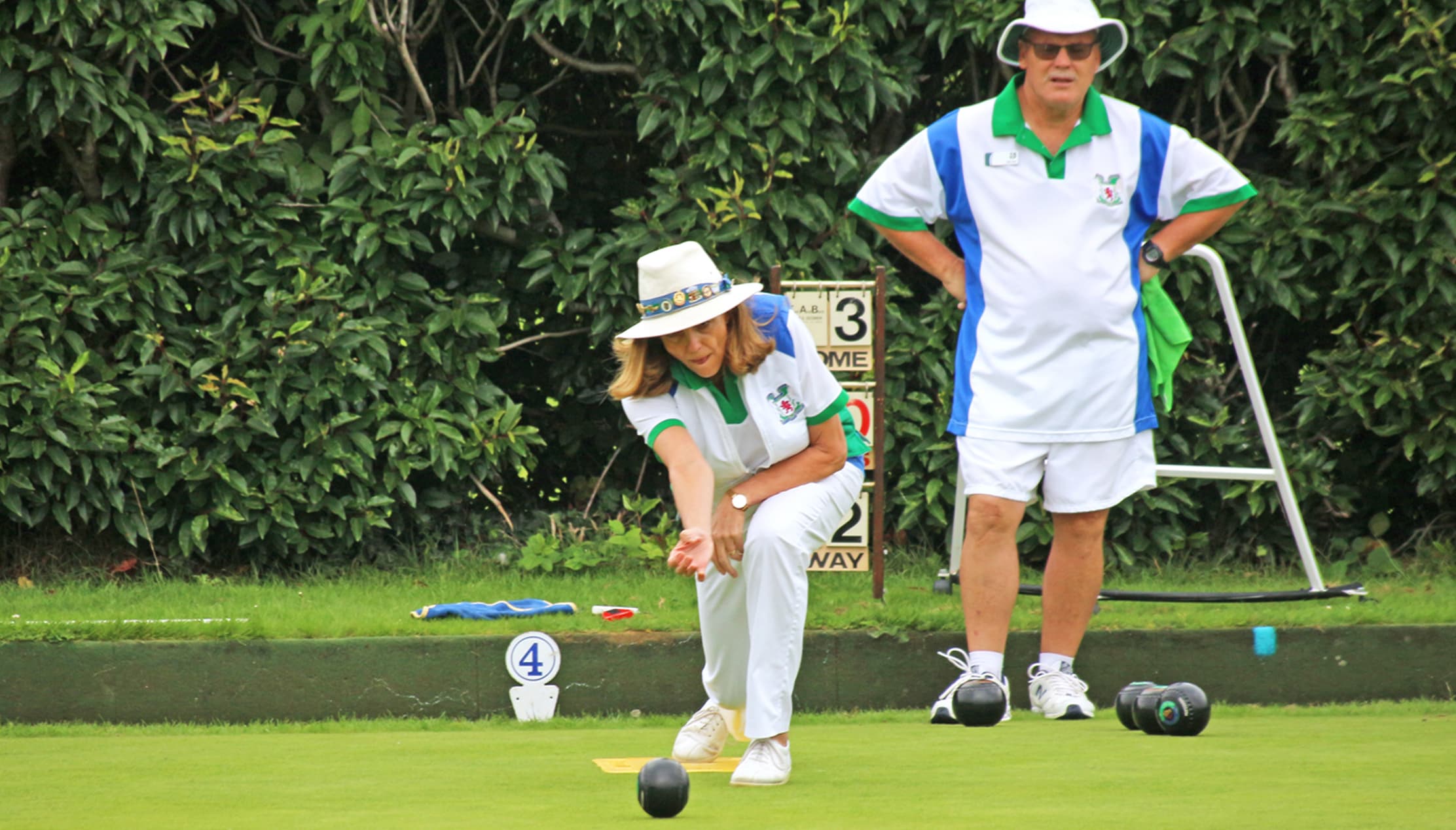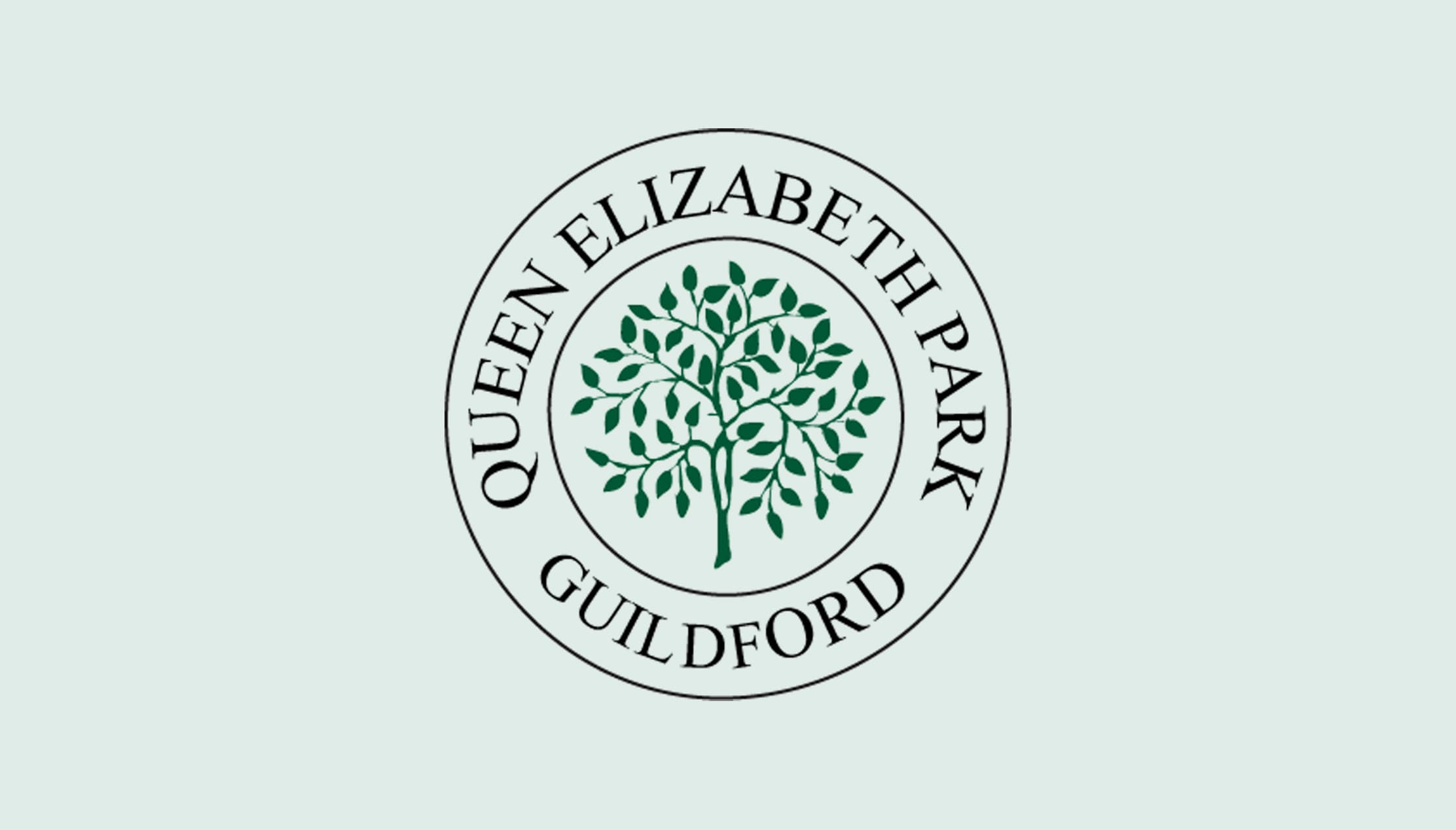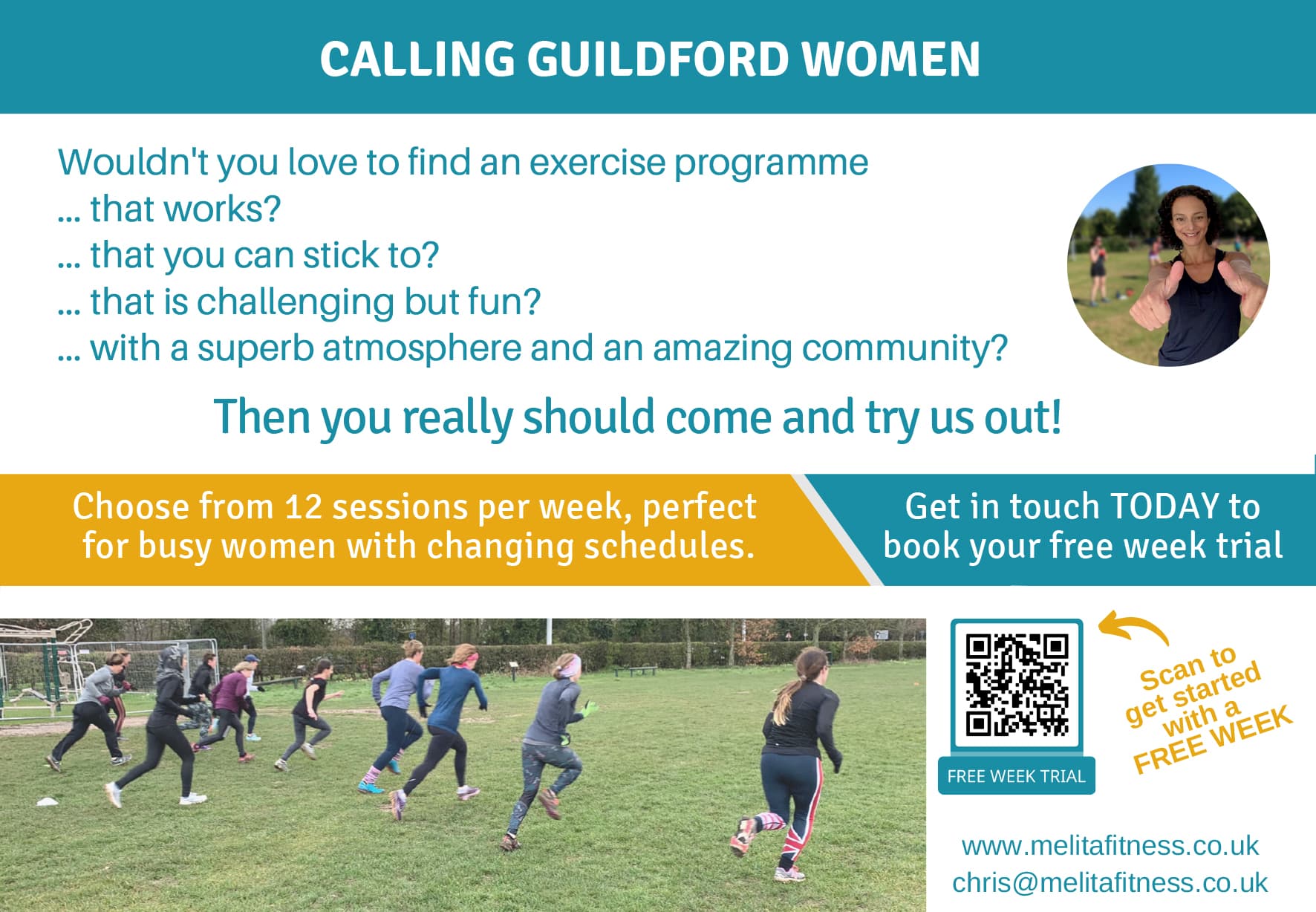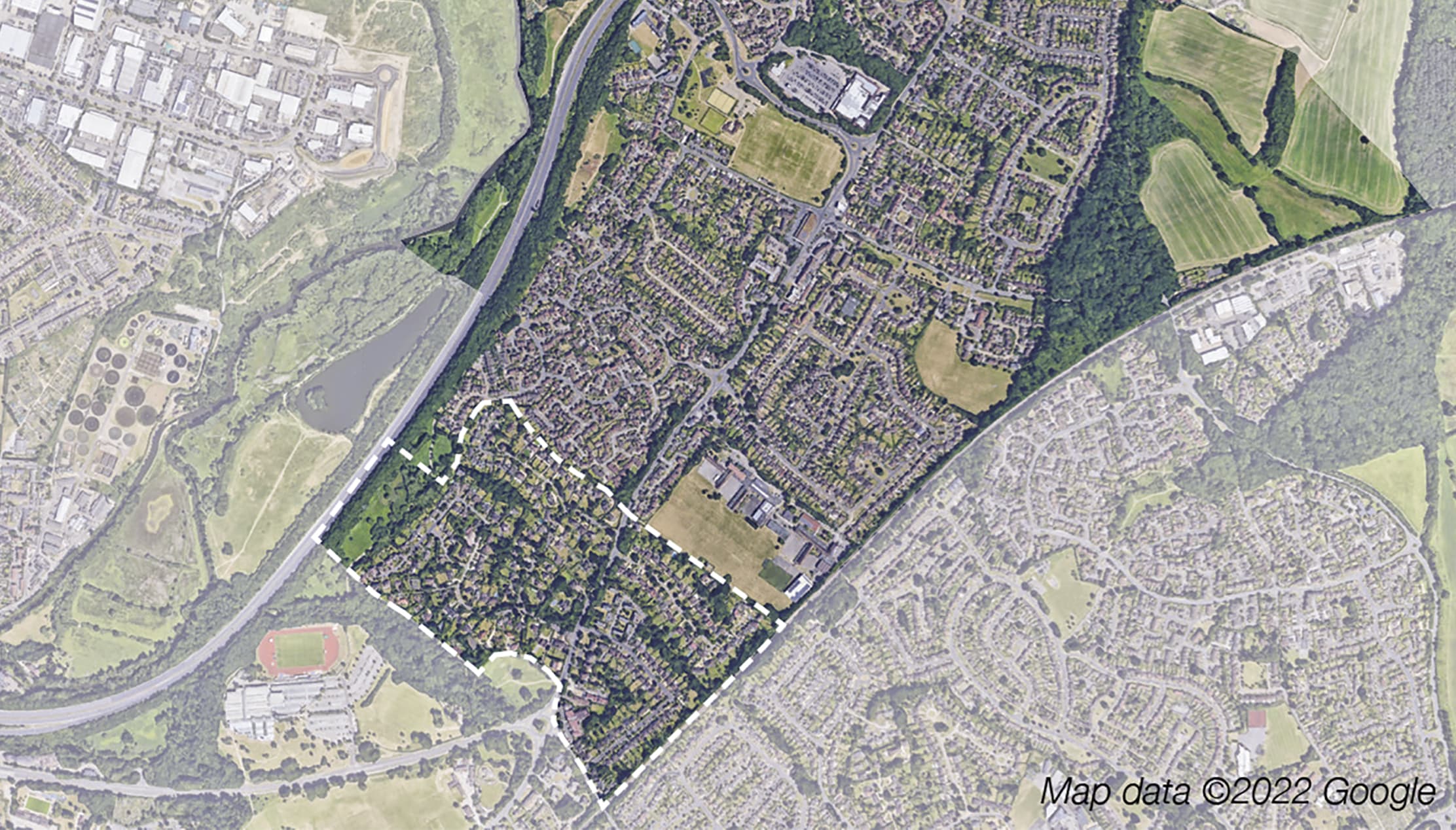Overcoming obstacles to exercise
Christine Sciberras, Founder and Head Coach at Melita Fitness
If you’re having trouble starting or sticking to an exercise plan, you’re not alone. Despite our best intentions, it’s easy to push ‘exercise’ to the bottom of the To Do list.
We all know good reasons to exercise: better energy, mood, sleep, less peri-menopausal symptoms, less anxiety and stress. But sometimes the gap between knowing what to do and actually doing it can seem insurmountable.
In many cases, this gap is made up of the excuses we make for ourselves and the stories we have told ourselves for years or decades.
So today I’m going to hand you over to some brilliant Melita Fitness clients to talk about how they managed to overcome obstacles to exercise.
Lisa says “I’m not a natural athlete and hated PE at school. My biggest achievement was plucking up the courage to come to my first taster session and then to come back again.”
Lisa suggests, “You have to prioritise your wellbeing and realise that all the reasons you think you can’t are just excuses that are holding you back.”
“I’m too busy was my favourite excuse,” says Catherine. “I have a full-time job and 2 young children. My strategy is to book training in my diary and the family diary. That way the time is allocated. I don’t get dragged into working late and my husband knows he’s sorting out the children!”
Sarah says: “I used to think I’m too unfit. I kept thinking, I’ll do some Joe Wicks first and then I’ll join… But Joe Wicks never happened. When I finally plucked up the courage, I felt like kicking myself for not starting earlier. The classes are small and you feel well looked after. So my advice is don’t worry about your fitness level. Everyone is on their own journey and the regulars remember exactly what
it was like to start out!”
Some Final Words
Start Small. The trick is to start small and build momentum. If you haven’t exercised in years, it’s unrealistic to aim for 5 times a week. The more ambitious your goal, the more likely you are to fail. It’s better to start with a goal that is so easy that you know you can achieve it. And once you do, you’ll build self-confidence and momentum.
Be kind to yourself. Self-compassion increases the likelihood that you’ll succeed. So, when things don’t go to plan, don’t beat yourself up. Instead, treat these instances as an opportunity to learn and grow.
Check your expectations. It will take longer than you want. Expect too much and it will lead to frustration. Don’t focus on the outcome, focus on the process. Aim for consistent behaviour towards the goal and celebrate that!
Nature: Small ways to help
By Alex Rose
Conserving our natural environment can seem daunting and out of our control, but each of us can make a meaningful difference with a handful of small personal actions.
Many of us have become increasingly aware of the diminishing wildlife in our local community, for example, less hedgehog sightings and fewer butterflies and bees. This is statistically evidenced by the Surrey Nature Partnership’s 2017 report, ‘The State Of Surrey’s Nature’, who’s headline conclusions state that “56% of UK wildlife species have shown a declining population trend between 1970 and 2013” and that “15% of all UK wildlife is either threatened with extinction or is extinct already”. While this may seem dire, each one of us can support our local environment through any of these actions.
One of these declining species is the British suburban hedgehog. The average hedgehog travels 2 km every night, so this rapid decrease in population is partly due to a loss of access to areas rich with insect life like gardens that hedgehogs pass through. This is caused by man made barriers such as fences. However, there is a way for us to combat this obstacle and do our part in preventing further decline of the hedgehog. The Wildlife Trust suggests creating ‘hedgehog holes’ along the bottom of our fences for ease of passage. While these might seem like eyesores, there are plenty of hedgehog hole decorations and small signposts to be found online that can make them a seamless part of your garden. This could also be a fun project for young children. To amplify the benefit to our local hedgehogs, invite your neighbours to do the same. Other small ways of helping to ensure their survival are leaving out small amounts of dog or cat food, pet biscuits and water (not milk, as this can make them very ill), and avoiding the use of pesticides and slug pellets.
Sadly, the bee population has been a matter of concern for many years, as bees act as our most important pollinators. This role is vital to our ecosystem, as a third of what we eat depends on pollinators, yet, due to habitat loss (as well as other factors) their numbers are in decline. Luckily, there are several ways to aid and support your local bees. Firstly, by being generous to bees that you encounter around your house; when you see a bee struggling with tiredness, a spoonful of sugar-water can do wonders, as well as help in finding a window or exit. Another way to help is by cultivating a bee-friendly garden. This can be achieved through growing plenty of flowers, or making a bee hotel, another fun project for children with plenty of resources online.
Rewilding is the process of allowing nature to take its course in natural spaces.
Another hugely beneficial action that you can take is rewilding. Rewilding is the process of allowing nature to take its course in natural spaces. On a larger scale, this can include reintroducing predators and keystone species, and protecting areas abundant in ecological functions in order to create and preserve stable, self-sustaining ecosystems, and promote near pre-human levels of biodiversity. On a smaller, back-garden scale, there are many ways of encouraging a similar effect. Not mowing segments of your garden is one of these ways. Leaving some grass to grow can help many species of plants and insects and can be hugely rewarding. Other ways of rewilding your garden are growing a tree or creating a log pile or compost heap to allow decay. It’s important not to view any of these as ‘messy’, but as potential homes to many endangered species.
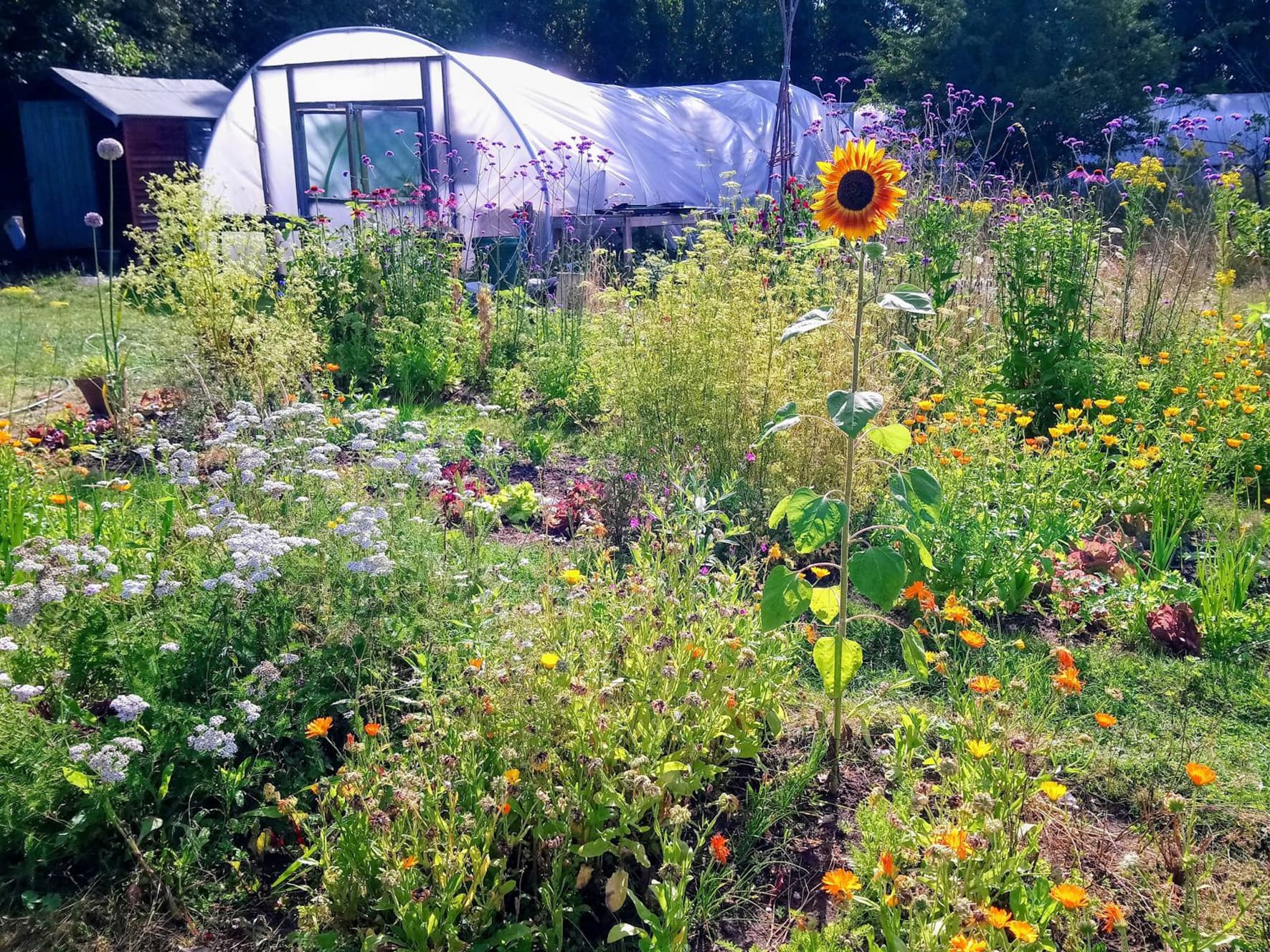
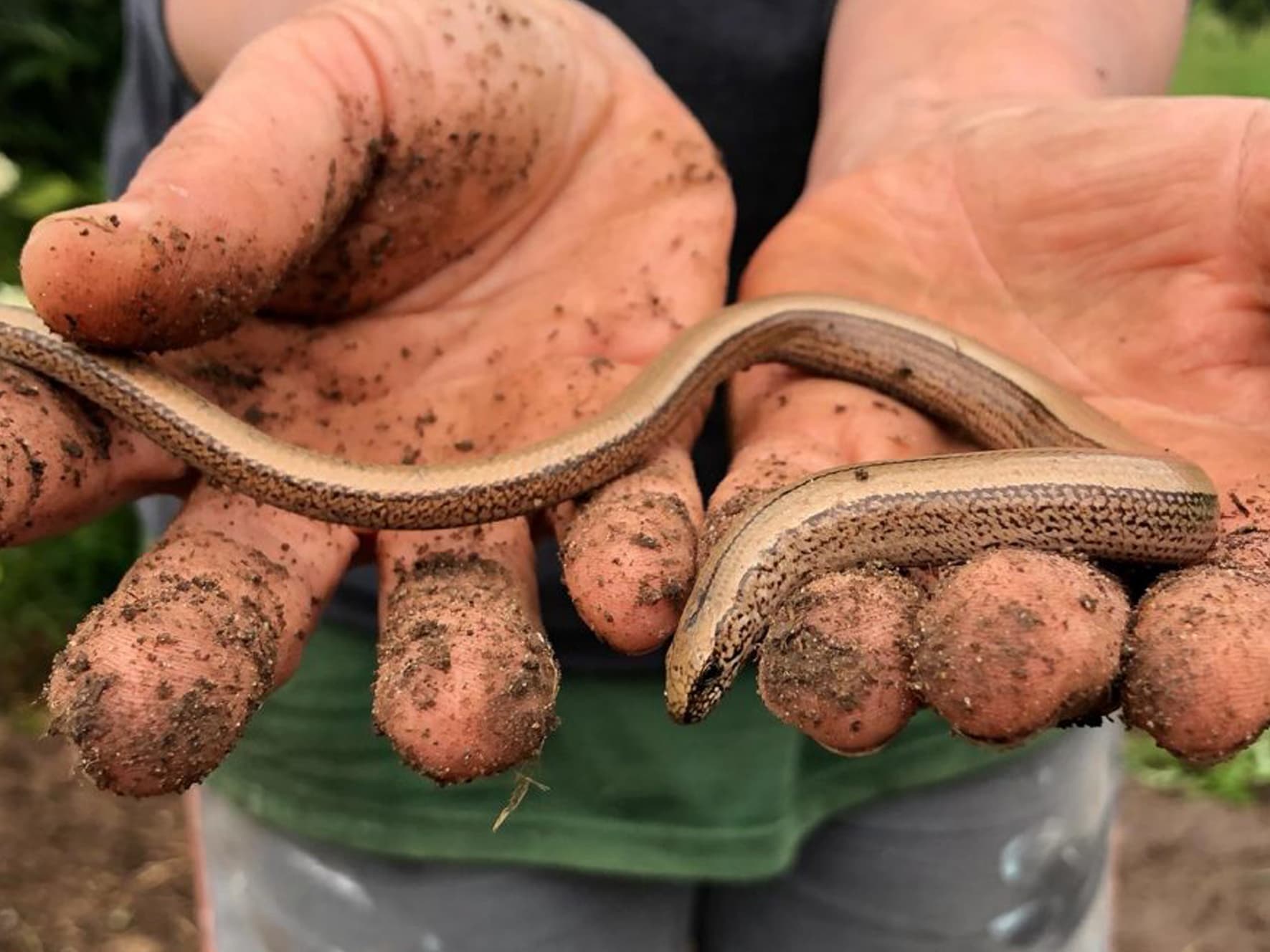
Community gardens are collaborative projects on natural areas where groups of people share in the maintenance and products of the garden. These communities are a great way to stay in touch with nature and offer great environmental benefits such as reducing waste through compost programs, reducing food miles and creating a more sustainable system. Locally, Rosamund Community Garden, based in Pewley Down, Guildford, is a “peaceful, wildlife haven where volunteers gather to sew, grow, build and learn together in tune with nature”. Rosamund Community Garden offers a number of regular events, such as Big Job Sundays and Apple Pressing as well as the upcoming Spring Beltane Celebration on the 15th of May. They welcome members and visitors alike. For more information, visit their website: www.guildfordcommunitygarden.org.uk
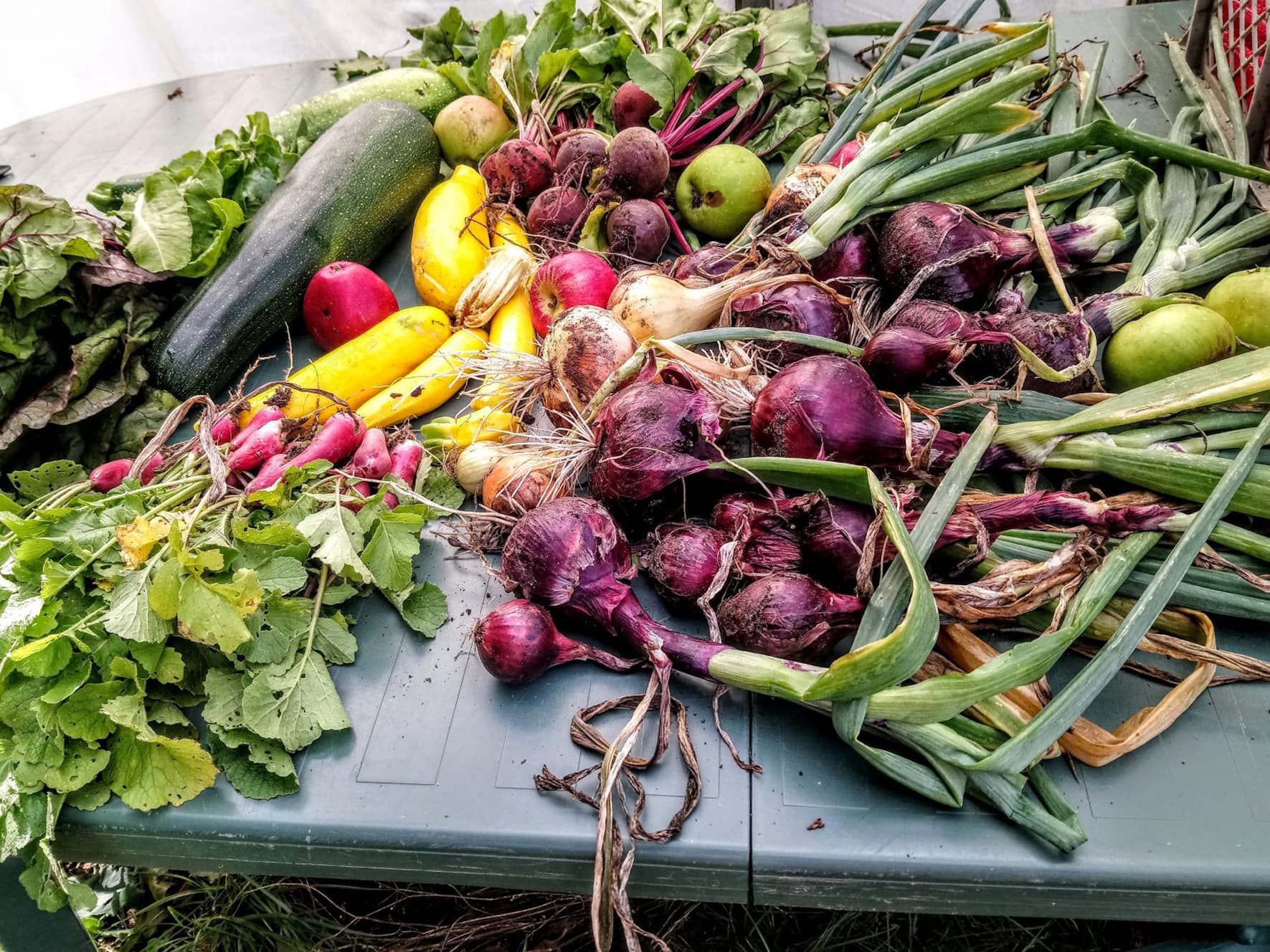
In the face of constantly devastating environmental changes, it can be difficult to be aware of the impact that small actions can make, but continually learning about nature and how we can help is a big step forward. Other ways of helping include walking instead of taking a car where possible, using natural grass in favour of AstroTurf, leaving bird baths/food in your garden to aid local birds, and buying organically/from local farmer’s markets if possible.
The natural environment around us is valuable, as it supports our survival, fosters biodiversity and offers remarkable beauty.
The natural environment around us is valuable, as it supports our survival, fosters biodiversity and offers remark-able beauty. Burpham itself (and its surrounding area) offers its own share of interesting species and picturesque places, such as the Burpham Nature Reserve, the River Wey, Newland’s Corner and St Martha’s Hill.
These places enrich our lives and offer peace and joy to many people, and it is our responsibility to guard and protect our natural environment for future generations to enjoy.
Cycle or run? Two fabulous fundraising events for you to enjoy.
Kelly’s Storage Charity Events are once again organising the Kelly’s Clandon Park Run with George Abbott School’s PTA and the Kelly’s Cycle Challenge in aid of Challengers.

Kelly’s Storage Charity Events pay for and organise active sporting events which provide huge fundraising opportunities for local charities. They cover all costs so every pound donated and raised goes 100% to the charity.
They are once again organising their hugely popular Cycle Sportive on Sunday May 22nd near Alice Holt, Farnham. All money raised goes to Challengers, a local charity providing play & leisure opportunities for disabled children across Surrey & Hants.

The Kelly’s Cycle Challenge starts from HQ in a field on the doorstep of Alice Holt forest and follows quiet country roads for mile on mile of stunning Surrey & Hampshire scenery.
There are three distances to choose from plus a special 7 mile Family Forest Ride suitable for young cyclists. Whichever route is chosen, all riders can be sure of a truly scenic cycle.
“This is an event I’ll keep coming back to. Well organised; excellent logistics; a friendly and helpful event team; brilliant feed stations; and a lovely scenic, hilly course. It’s a superb charity to ride for and I love that the ‘entry fee’ is a suggested donation that goes straight to Challengers.” said Richard Humphreys a 74 miler!
The event is professionally organised and the routes fully supported with mobile mechanics, feed stations along the way with delicious food & friendly helpers and of course a buzzing HQ village with free parking.
If cycling isn’t for you, Kelly’s Storage also sponsor and provide equipment for the Kelly’s Clandon Park Run, established by George Abbott PTA, a registered charity established to raise money for the purchase of capital equipment to benefit the pupils of the school. Every year the Earl of Onslow kindly opens the gates to Clandon Park with its stunning fields and lake & invites 10k & 5k runners of all ages and abilities to come & enjoy! This year, for the first time, instead of starting & finishing at the school the entire event will take place in the Park on July 2nd. HQ will have a festival atmosphere with school bands playing, stalls from each department offering various activities & displays and of course there will be plenty of delicious refreshments on offer.
This is definitely a local event not to be missed! Kate Carriett, Headteacher, commented: ‘The Kelly’s Clandon Park Run is a real flagship event for the school. It really embeds us in the local community and, each year, enables us to make a real difference for our students.’
“This is an event I’ll keep coming back to.”
So why not sign up today to a Kelly’s Storage Charity Event! Cycle or run you can keep fit, have fun & help great causes. You can enter both events online today at charity.kellystorage.co.uk.
No transaction fees will be charged so rest assured 100% of your donation will go directly to the charity.
Sport for life!
There are not many activities that continue throughout one’s life, walking is the most obvious but there is a sport and that is lawn bowls.

Get Healthy, start bowling!
It doesn’t matter what age you are you will benefit from bowls. It will improve your fitness, coordination and skills. It will enhance wellbeing and will connect you with the community.
Bowls builds lean muscle and stronger bones
It is well documented that lifting weights helps you build lean muscle, stronger bones and burn more calories. For women it’s especially important as they lose 5% of muscle mass every decade and that starts in their 30s. Bowls weigh up to 1.5 kilograms and in a game, you bowl up to 84 times, that’s bowling 126 kilograms!
Bowls improves vascular health
Physical activity, whether intense and vigorous or as leisurely as a walk in the park, helps improve vascular health. Playing bowls will reduce cardiovascular disease and the onset of strokes and heart attacks. An average game will result in completing about 2,000 steps but because you are involved both socially and competitively you won’t notice. Bowls promotes functional ability A gym workout involves sit ups, lunges etc. A game of bowls involves bending down up to 84 times to pick up your bowl and 84 times leaning forward to bowl it. How many people do 168 exercises in a gym session? Don’t forget you are socialising and concentrating and you won’t notice.

Bowls improves cognitive health
Bowls requires coordination, agility and strategy. Refining your tactics, concentrating for long periods and maintaining mental alertness will not only help you maintain a good level of motor skills, it will also improve your brain health.
Bowling is good for your mood, social relationships and enjoyment
It’s a community sport. It is a pastime with like-minded people coming together to enjoy competition, camaraderie and physical activity.
By John Kershaw
John Kershaw is Captain of Burpham Bowling Club in Sutherland Memorial Park.
To find out more please contact him on 07811 142435 or email burphambowlingclub2@gmail.com
Queen’s Platinum Jubilee Fair at Queen Elizabeth Park Stoughton
Friday 3rd June, 12.00-5.00pm

Nearly 20 years ago now, the first residents started moving in to the new Queen Elizabeth Park estate in Stoughton. This estate was built on the site of the former Women’s Royal Army Corps barracks. As many will know, Queen Elizabeth II, then a teenage Princess, served in World War 2 as a driver and mechanic in the Auxiliary Territorial Service and worked at the Stoughton site.
So residents of Queen Elizabeth Park thought it was only right that we should commemorate the Queen’s 70th anniversary of acceding to the throne – her Platinum Jubilee. She is the first British monarch who has ever reigned for this long.
On Friday, 3rd June (Friday of the long Jubilee bank holiday weekend – 2nd to 5th June) Q E Park is holding a Community Fair, from 12 noon to 5 pm, to be held on our main Green, at Railton Road, GU2 9LX. We hope to feature: live music, bouncy castles, ice creams, cream teas, children’s fancy dress competition, a dog agility event, tombola, raffle, face painting, a baking contest and many other items. Bring a folding chair or a rug, and stay for the afternoon!
It will be free to attend, though there will be charges for some attractions. Any profit from the day will be donated to charity. Plenty of free parking around the event.
Local businesses can get involved by: sponsoring the event; taking advertising in our programme; donating raffle or other prizes. If interested please email: social@qepark.co.uk
More details will be published closer to the time, on our Facebook page https://www.facebook.com/QEParkGuildford and via leaflets and posters.
The Burpham Winter Lectures are back
These one-hour Winter Lectures are given by local residents for local residents and this year were postponed a couple of months due to lockdown. Here’s a run down of the first lectures of 2022.

Andrew Plumridge kicked off this year’s postponed Burpham Lectures with a quirky and informative account of those architectural fancies Gargoyles, Grotesques and Hunkypunks.
These brooding creatures originated in France (think Notre Dame Cathedral) as a way of routing water off the roofs of churches and towers. They are cleverly disguised outlets for lead piping. Water gushes down the roof and is discharged through the mouth of the creature to clear the walls. The word gargoyle is derived from the French word gargouille for throat.
The range of animals and people represented in gargoyles is prolific – lions, snakes, griffins, dragons, evil-looking imps and – less flattering – local celebrities such as vicars, lords and lawyers. Happily, gargoyles are placed well above ground level so masons were able to poke fun at the personalities of their town from a safe distance.
Once you have one gargoyle, your sense of symmetry may crave four – one for each corner, but without the rainwater. The other three are grotesques. And if you live in Somerset and the South West, you may well call them hunkypunks.
Yes, Minister!
Bob Hughes, formerly MP for Harrow and a Parliamentary Under-Secretary of State, entertained and educated his audience at the second Burpham Lecture. Getting ministers, or anyone, to act in your favour is not just about passion, it needs cool-headed planning. It is all too easy, says Bob, to make a negative impression and he cited the examples of mass identical emails, extreme attention-seeking tactics and petitions as less effective than direct discussion. People in power are interested in ideas which are aligned with their priorities, have evidence to back them up and there is a good way to implement them.
Bob himself led the effort to get soft landing floors installed in playgrounds, a simple idea which has saved a lot of broken bones and prevented some deaths. He accepts, though, that not every good idea will be taken up by ministers because they have to juggle and choose between competing ideas.
Far from the image projected by Yes, Minister, Bob said that a good working relationship between politicians and civil services was central to forging workable policy. For people wishing to promote their ideas to government, the best approach is to work through one’s local MP.
3 things everyone (but especially women) should be doing
When it comes to our health and fitness, it’s easy to become overwhelmed. The options are endless and it can be tricky to know where to start. Christine Sciberras, Founder and Head Coach at Melita Fitness, gives us some tips on how to make some small but effective changes to our fitness.
So let me help! Here’s three things we should all be focussing on.
1. Lift heavy stuff
There are many reasons for this: resistance training helps you build lean muscle, it helps you build stronger bones and it helps you burn more calories.
For women it’s especially important as we lose 5% of our muscle mass every decade. And that starts in our 30s!
We need to work to reverse this atrophy so that we can continue living full and active lives.
The way to achieve this is resistance training – lifting heavy stuff. You don’t need fancy equipment or complex movements. In our classes, we use a kettlebell (or two!) and simple but effective exercises, like squats and lunges. This method of exercising gives your body a clear signal that it needs to adapt and build stronger muscles.
But don’t worry, you’re unlikely to become ‘too muscular’ by accident! Unless you happen to be The Rock’s long-lost sister!
And the good news is that you don’t even need much time. A recent study found that 1 to 2 hours per week means you are 1/3 less likely to become obese.
2. Eat proper food
We live in an obesogenic environment. Our food is designed to be easily accessible, extremely palatable, and easy to consume. Millions of £££s go into developing this kind of food and making it irresistible.
This ultra-processed food is exactly the type of food we should be eating less of. Although ironically it takes up around 80% of a supermarket’s floor space.
We should instead be eating more vegetables, fruit, nuts, pulses, and good sources of protein too.
3. Prioritise rest
Now I know that for some of you with young children, this might seem impossible. But let me tell you why this is important.
When you lift heavy stuff, you damage your muscles. This is the signal your body needs to build back stronger. And this building can only happen when you are resting.
The other reason is this:
bad sleep = unbalanced hormones, especially the hormones that regulate satiety and cravings.
So you see without good sleep you’ll struggle to grow stronger. And you’ll struggle to make healthy food choices.
So prioritise your sleep: put your phone away, leave the tidying, switch off the telly. And get yourself to bed early instead.
BONUS TIP!
Whenever you’re making changes to your lifestyle, I recommend starting with the smallest possible change.
Pick one thing: like going to bed earlier or starting an exercise class. Focus on this one thing and stick with it until it becomes engrained.
Avoid overhauling too much in one go. Instead pick something so small, that you cannot fail to achieve it. Because once you achieve it, you’ll feel amazing.
And you’ll be excited to do more!
Guildford in Bloom 2022
Guildford in Bloom Launches Annual Gardening Competition for Residents and Schools .
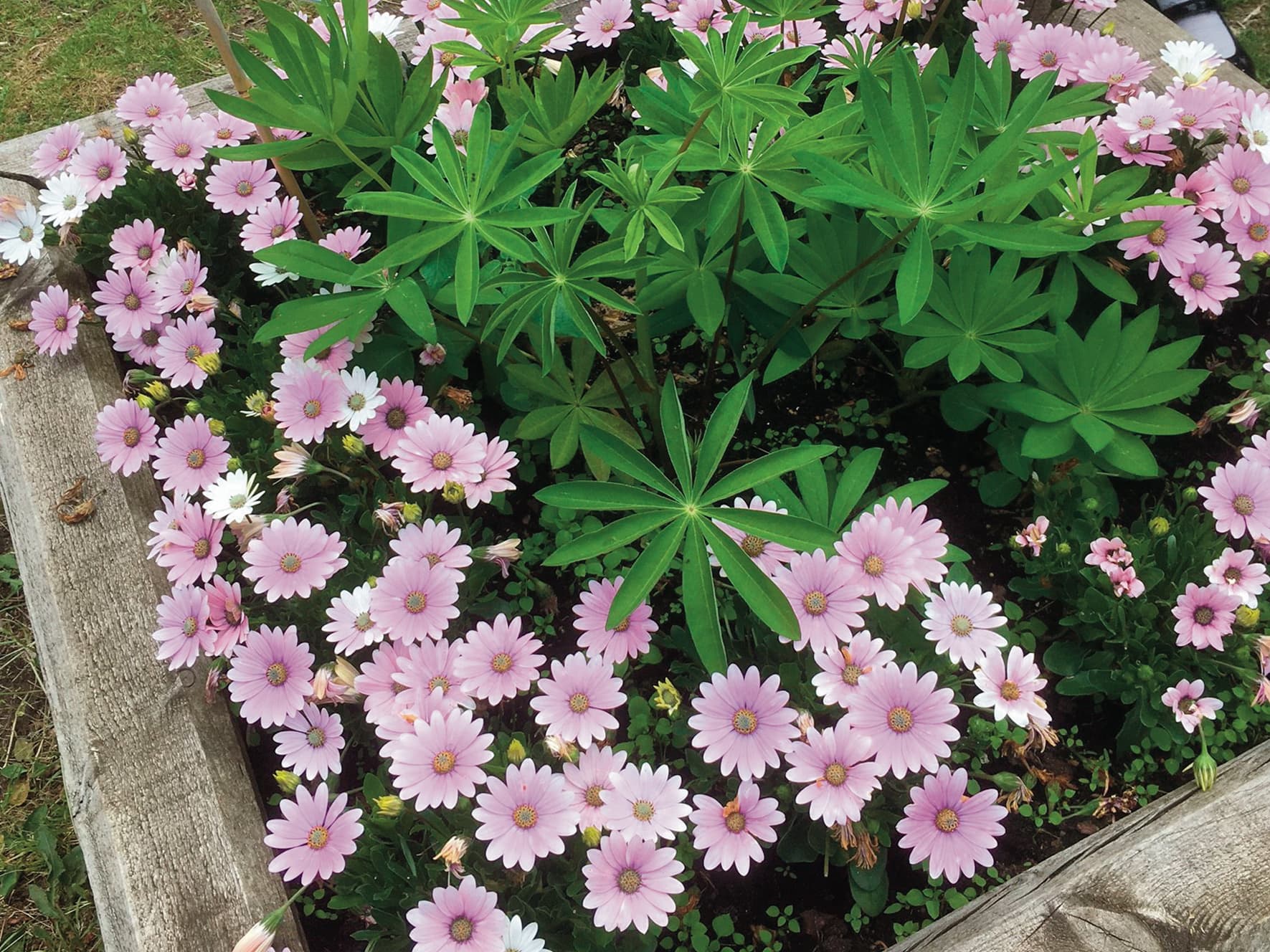
The Guildford in Bloom Gardening Competition, which is open to residents and businesses in Guildford Borough launched on 14 February 2022 alongside the Schools in Bloom Competition which launched at the end of January 2022. The theme for this year is the Queen’s Platinum Jubilee, so judges are expecting to see lots of red, white and blue as well as purple, the theme colour for the Platinum celebrations.
Schools, conservations areas and community gardens will earn an extra few points if they have planted a tree for the Jubilee, and as always gardens that are eco-friendly, peat free, and take care of and encourage wildlife will score highly.
Cllr Paul Spooner, Chairman of Guildford in Bloom says:
“Guildford in Bloom are delighted to be able to celebrate the Queen’s Platinum Jubilee by encouraging residents, businesses, pubs and community groups to enter the competition and embrace the theme. So many people have embraced their gardens during the last two years and tried to grow their own vegetables as well and creating colourful spaces to relax and unwind – the importance of our outdoor spaces is growing.
We hope that our Guildford gardeners will rise to the challenge in the Queen’s special year. Any garden, big or small, private or a business can enter Guildford in Bloom. We’d love to see your photos and stories, please share them on our Facebook, Twitter and Instagram pages by using the hashtag #GIB2022 and show us how you’ve interpreted this year’s theme.”
To take part, please go to www.guildfordinbloom.com to download the entry form, and once completed send that to info@guildfordinbloom.com no later than Sunday 19 June 2022.
Judging takes place between 27 June – 15 July 2022. You can keep up with the competition on the Guildford in Bloom social media pages – visit @guildfordnbloom on Twitter and Instagram and on Facebook here
www.facebook.com/GuildfordInBloom The school competition is also underway and children across the borough will be designing and creating their gardens with the Platinum Jubilee theme, and keeping a journal, diary or scrapbook to record their progress. Entries for the Schools in Bloom Competition, sponsored by Edwins Garden Centre, need to be in by 22 May 2022 and judging will take place between 7 to 16 June 2022. Entry forms for this competition can also be downloaded from www.guildfordinbloom.com
The winner of #bloomingschools will receive £50 to spend on plants or gardening equipment for the school, together with other prizes.
The Platinum Jubilee will also be celebrated at the free Picnic in the Castle Grounds Event on 4 June 2022 – picnic goers will be encouraged to dress up in keeping with the theme and bring flags to wave while they enjoy entertainment from the Castle Bandstand provided by Guildford Fringe Festival. Picnic is sponsored by Tunsgate Quarter and Experience Guildford. More details on the Guildford in Bloom website.
Feasts and festivals for the Saints in March and April.
It’s a busy couple of months for the saints as we have St David’s day (Tues 1st) and St Patrick’s day (Thurs 17th) in March and St George’s day (Sat 23rd) in April.
Saint David’s Day
Saint David’s Day is the feast day of Saint David, the patron saint of Wales, and falls on the date of his death (c. 589 AD) 1st March.
St. David, born in Caerfai, south west Wales into an aristocratic family, was a Welsh bishop of Mynyw (now St. Davids) during the 6th century.
The feast has been regularly celebrated since his canonisation in the 12th century. It is not a national holiday, though there is strong support for it becoming a bank holiday in Wales. In the past, schools have taken a half-day holiday, which continues in some parts of Wales.
David’s fame as a teacher and his asceticism spread among Celtic Christians of the time. He helped found about 12 monasteries and his foundation at Glyn Rhosyn became an important Christian shrine.
Saint Patrick’s Day
Saint Patrick’s Day held on 17th March, the traditional date of the death of St. Patrick (c.385-461), the foremost patron saint of Ireland.
St. Patrick’s Day was made an official Christian feast day in the early 17th century and commemorates St. Patrick and the arrival of Christianity in Ireland and celebrates the heritage and culture of the Irish in general. Celebrations generally involve public parades and festivals, céilís, and the wearing of green attire or shamrocks. Historically the Lenten restrictions on eating and drinking alcohol were lifted for the day, which has encouraged and propagated the holiday’s tradition of alcohol consumption.
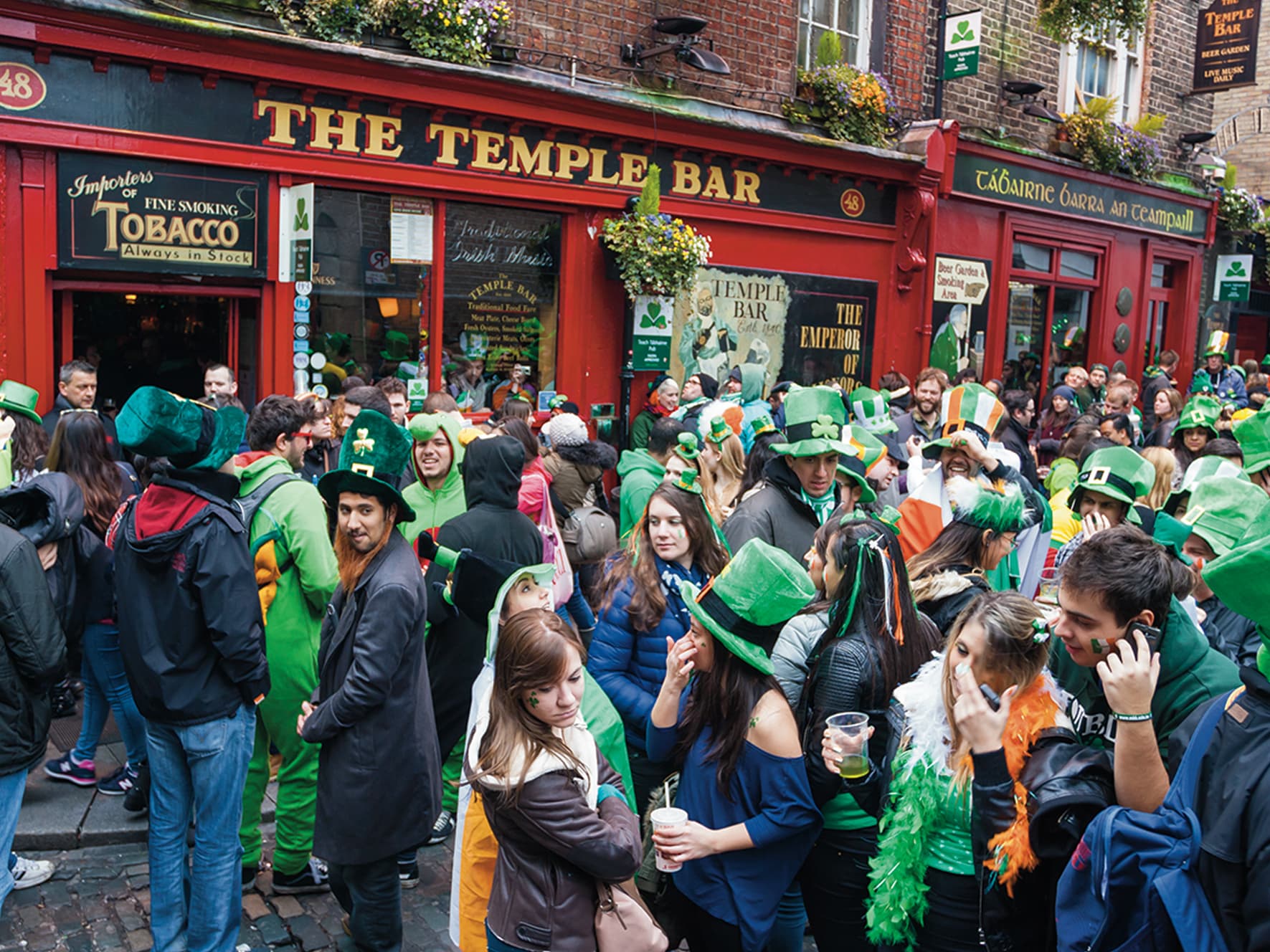
St. Patrick’s Day is a public holiday in the Republic of Ireland and Northern Ireland and is celebrated in more countries than any other national festival. There has been criticism of St. Patrick’s Day celebrations for having become too commercialised and for fostering negative stereotypes of the Irish people.
St. Patrick was a 5th-century Romano-British Christian missionary and Bishop in Ireland. It is believed he was born in Roman Britain in the 4th century, to a wealthy Romano-British family. His father was a deacon and his grandfather was a priest in the Christian church. When young, Patrick was kidnapped by Irish raiders and taken as a slave to Gaelic Ireland. After 6 years God told Patrick to escape his captors and flee to the coast, where a ship would be waiting to take him home.
According to tradition, Patrick returned to Ireland, becoming a priest and converting the pagan Irish to Christianity. He spent many years evangelising in the northern half of Ireland and converted thousands.
Patrick’s efforts were eventually turned into an allegory in which he drove ‘snakes’ out of Ireland, despite the fact that snakes were not known to inhabit the region.
Tradition holds that he died on 17th March and was buried at Downpatrick. Over the following centuries, many legends grew up around Patrick and he became Ireland’s foremost saint.
Saint George’s Day
George is the patron saint of England. His cross forms the national flag and features within the Union Flag of the United Kingdom. By the 14th century, he had been declared both the patron saint and the protector of the Royal Family.
It is thought that George was a Roman officer of Greek descent, martyred when sentenced to death for refusing to renounce his Christian faith.
The earliest documented mention of St. George in England comes from the Catholic monk the venerable Bede (c.673–735). English soldiers evoked St. George as a battle cry during the Hundred Years’ War (1337–1453) and displayed his cross on their pennants.St. George’s Day was a major feast and national holiday in England on a par with Christmas from the early 15th century. But this tradition had waned by the end of the 18th century after the union of England and Scotland.
Similar to St. David’s Day in Wales, there is a growing reaction to the recent indifference to St. George’s Day. Organisations such as English Heritage and the Royal Society of St. George have been encouraging celebrations, and arguments have been made to make St. George’s Day a public holiday.
England, Ethiopia, Georgia, Moscow, Catalonia & Aragon in Spain have all claimed George as their patron saint, as have several other regions, cities, universities, professions and organisations.
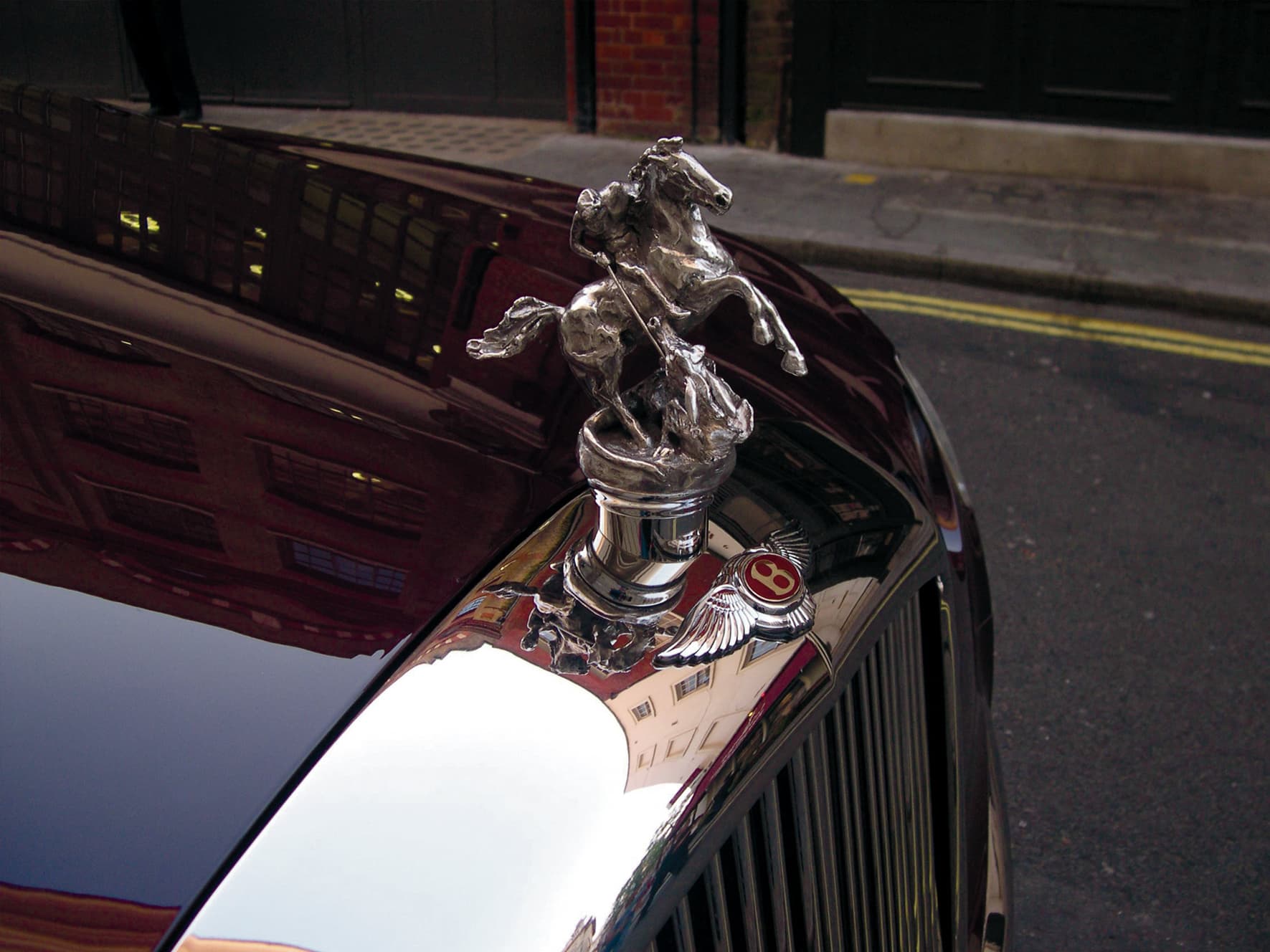
George and the dragon
First recorded in the 11th century, the legend tells of a fierce dragon causing panic in the city of Silene, Libya. To stop the dragon from devastating the city the people sacrificed two sheep each day to him. But sheep were not enough and they were forced to sacrifice humans instead. Eventually the king’s daughter was chosen but no one was willing to take her place. George saved the girl by slaying the dragon with his lance. The king was so grateful that he offered him treasures as a reward for saving his daughter’s life, but George refused and instead he gave these riches to the poor. The people of the city were so amazed at what they had witnessed that they became Christians and were all baptised.

The bones of Saint George are buried in the Church of Saint George, Lod, Israel.
Burpham's Boundaries
Throughout its history, Burpham has changed its size and shape many times, and the boundary commission is proposing to change the borders again in June, in time for the next round of borough elections.
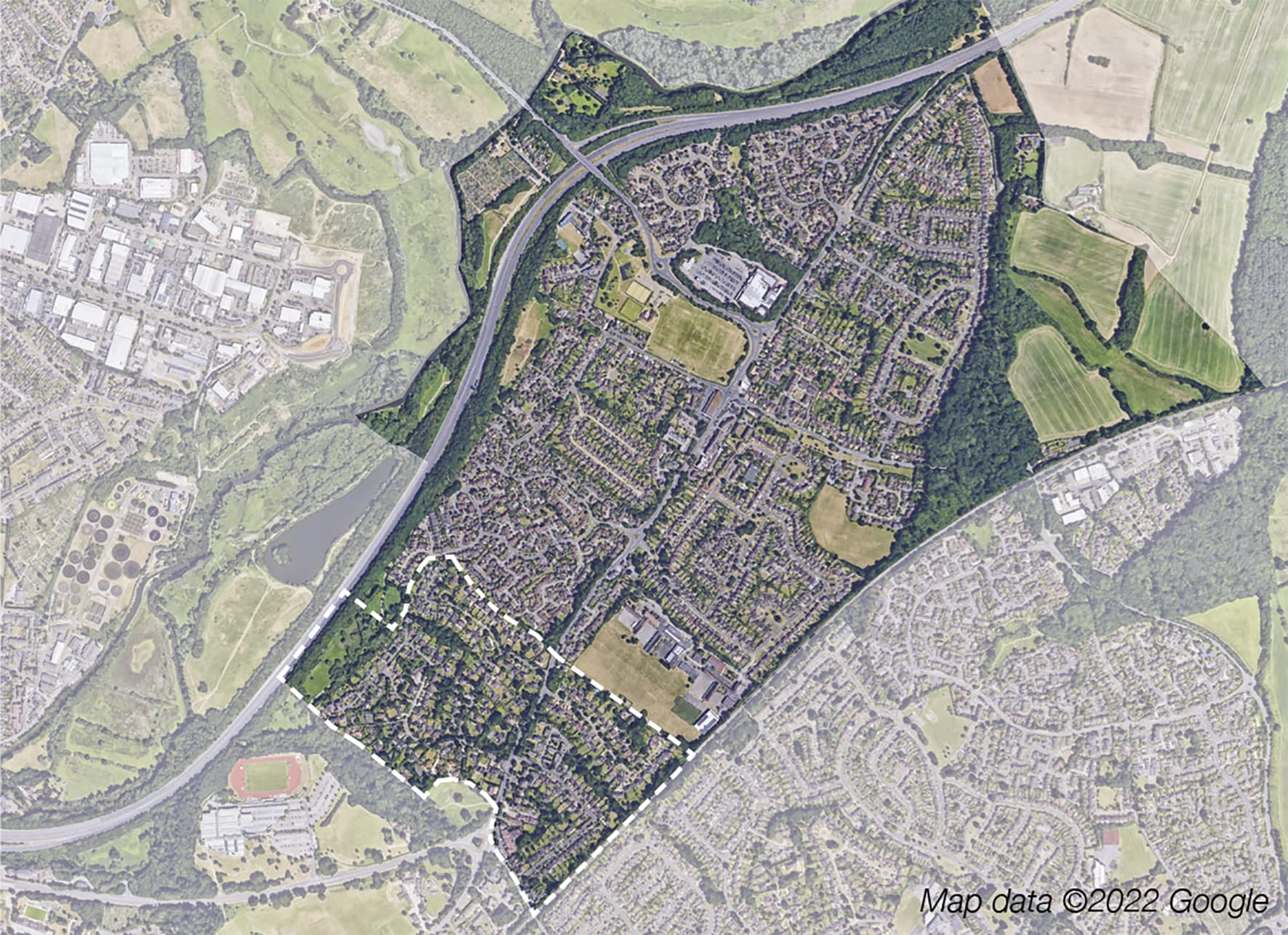
The final proposals – still to be signed off – will, if agreed, expand our boundaries to include the roads of Ganghill, Abbotswood, Westward Ho and Boxgrove Avenue.
The new roads are currently split among neighbouring wards, but it does make some sense to relocate them into Burpham because they share the same journeys, schools, shops and amenities as we do. It also brings the size of Burpham into line with national expectations at around 2500 residents per councillor. We will retain two councillors, therefore.
The residents of the ‘new’ roads enjoy a distinctive neighbourhood. Many of their houses are protected from inappropriate development by being in a conservation area since 2011. Abbotswood in particular is home to many fine large arts-and-crafts houses built by the eminent architect Alfred Claude Burlingham. Several of us who live in Orchard Road or on the Sainsburys roundabout inhabit cottage versions of the Abbotswood houses. These were the ‘affordable housing’ of their day and have the same wooden beams, nooks and crannies, and wide rectangular leaded windows.
Burpham is facing fewer changes than some other wards. The plan is to merge Christchurch and Holy Trinity wards, and also Shalford and Pilgrims on the other side of town. Stoughton however will split in two, and Friary will be separated from St Nicolas.
Will the additional roads change the political balance of power in Burpham? Maybe. Although the new roads were resisted by the small number of people who responded to the commission’s draft proposals, Lib Dem councillor George Potter has accepted that they make sense.
Sue Hackman
We will aim to update you in the July & August 2022 issue of Burpham Pages, assuming that we have the outcome of the consultations.
Fortunately Burpham Pages is already delivered to all these roads as we did our own assessment of what was considered Burpham (in our opinion)!

